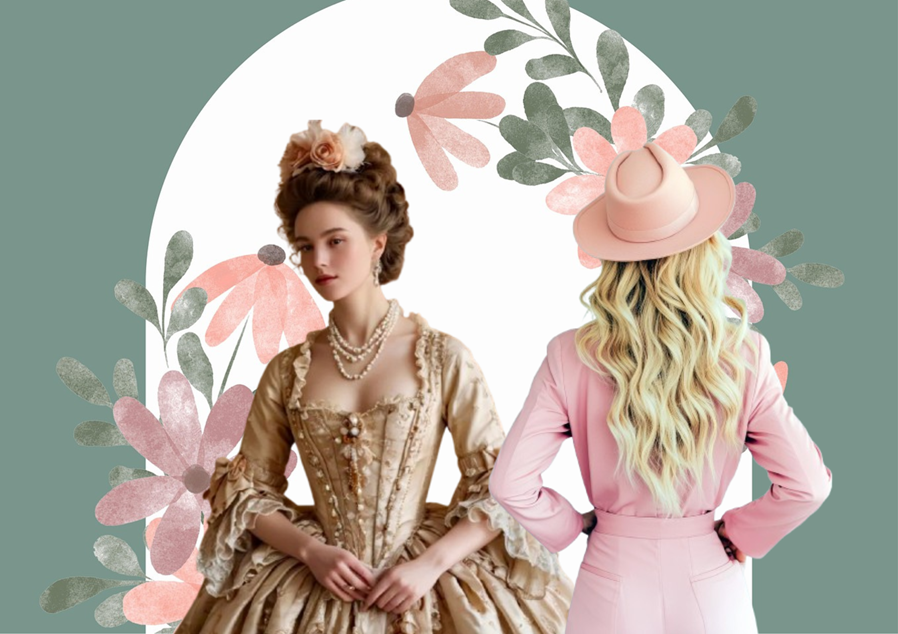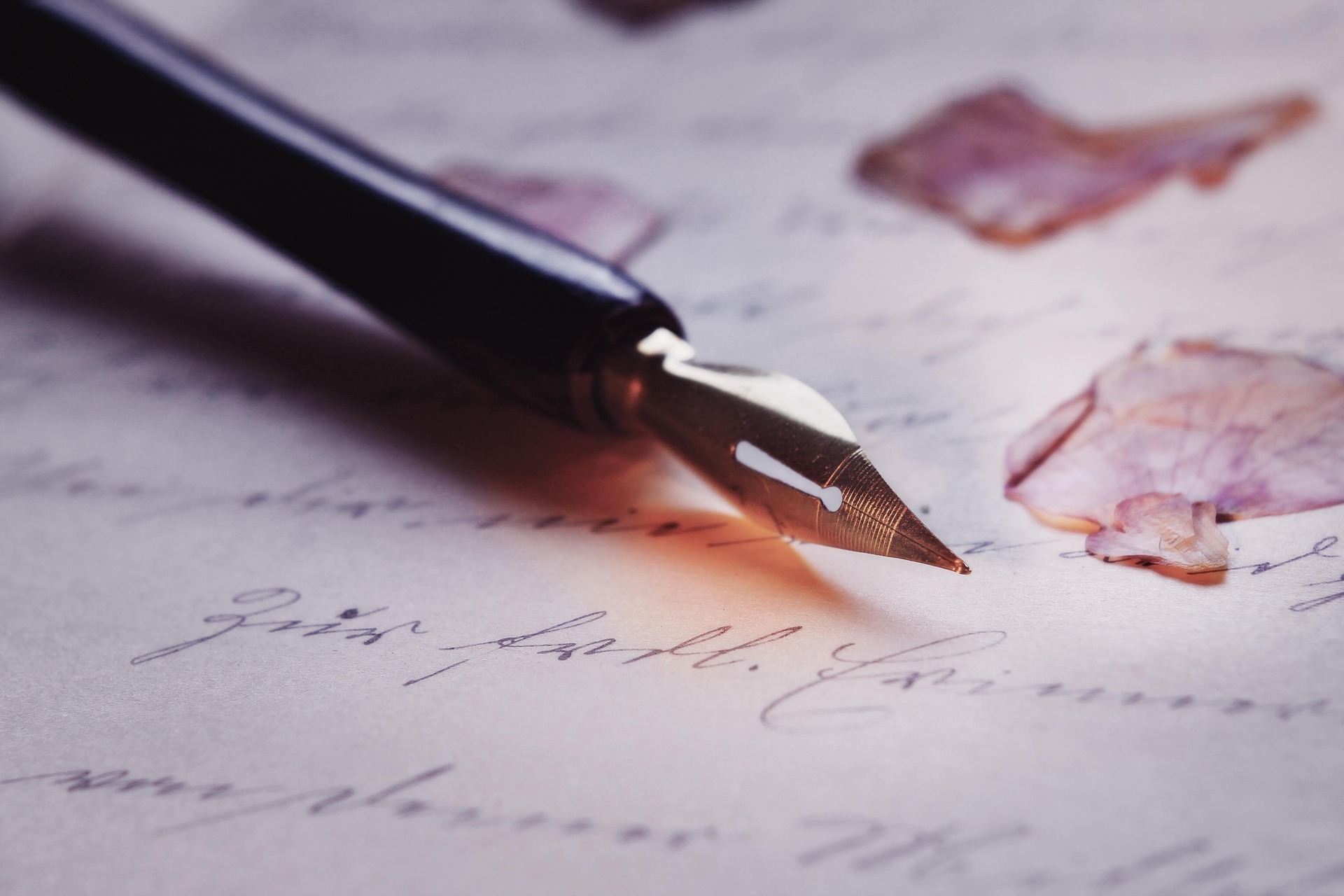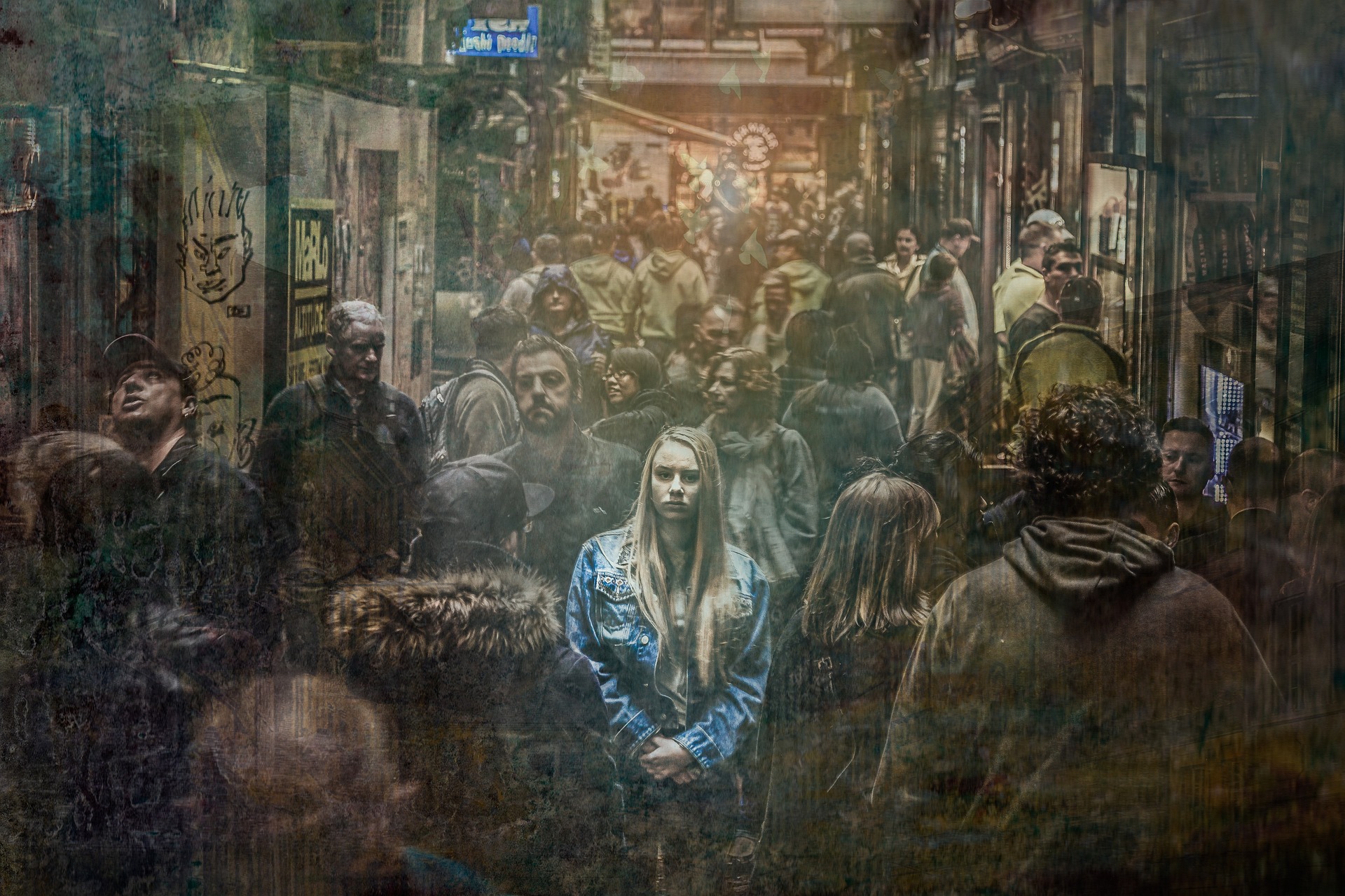Tracing Austen’s feminist DNA in today’s glittering, pastel-coded heroines
I didn’t expect Jane Austen to show up in a pink convertible next to Margot Robbie’s Barbie. Nor did I anticipate her voice whispering through the orchestral pop covers in Bridgerton. And yet, there she is, tucked between the lace corsets and plastic heels, smirking, quietly revolutionary, and more influential than ever.
Lately, I’ve been thinking about how we talk about “feminist icons” in pop culture. We tend to go loud: the warrior woman, the girlboss CEO, the sword-wielding heroine. And sure, I love a good battle cry. But I also believe there’s power in the soft, the strategic, and the socially savvy. There’s feminism in the drawing room, too.
And Jane Austen knew that centuries ago.
Austen’s Heroines Were Doing the Work, Quietly
When people call Austen’s books “marriage plots,” I wince a little. That’s like calling Barbie a movie about dollhouses. It misses the subversion underneath the sparkle. Austen’s heroines weren’t just out for husbands, they were navigating power, property, and patriarchy with the only tools they had: wit, observation, and sheer force of personality.
Elizabeth Bennet turned down a financially advantageous proposal twice. Emma Woodhouse decided she didn’t want to marry at all. Anne Elliot walked away from love because she believed in agency over passion, and then found a way back on her own terms.
They weren’t smashing the system. They were outsmarting it.
Cut to: Bridgerton’s Ballroom and Barbie’s Dreamhouse
Fast-forward to Bridgerton, where debutantes twirl through scandal and seduction under the ever-watchful eye of Lady Whistledown. On the surface, it’s eye candy. But look closer: the show’s women are constantly negotiating control of their reputations, their relationships, and their futures.
Daphne, Eloise, Penelope, Kate all of them are caught in a world that dresses up restriction as romance. Sound familiar?
Even in the pastel absurdity of Barbie, there’s a distinctly Austenian pulse. The movie opens with beauty and perfection but quickly dismantles it. Barbie’s journey isn’t just about escaping the Dreamhouse it’s about questioning the very narrative she was built to live in. And in that sense, she’s not far from Fanny Price, who refused to play along at Mansfield Park because she sensed something was deeply wrong underneath the dazzle.
The Feminist Thread: Charm with Teeth
What Austen gives us, and what modern creators like Greta Gerwig and Shonda Rhimes are picking up is a blueprint for quiet rebellion. Her heroines aren’t always loud or radical by today’s standards. But they are consistent. They challenge the roles assigned to them not through violence or revolt, but through intelligence, resilience, and the refusal to be silenced.
That’s the Austen feminism we see echoed today:
- The ability to say no, even when everyone expects you to say yes.
- The belief that your mind is your sharpest weapon.
- The courage to hold out for respect, not just love.
Even when dressed in empire waist gowns or neon rollerblades.
Why the Sparkle Matters
Some critics scoff at the pastel-coded femininity of these shows and films, as if beauty and brilliance can’t coexist. But Austen teaches us the opposite. Elegance can be a disguise for defiance. Politeness can be a battleground. And soft power? It’s still power.
Bridgerton may come with string quartets playing Ariana Grande, and Barbie might enter in a hot-pink stiletto, but don’t let the glitter fool you. Underneath the gloss is a legacy of women who knew how to play the game, and slowly, brilliantly, rewrote the rules.
Dear Jane, We See You
So yes, I think Jane Austen would have loved Barbie. I think she’d watch Bridgerton with a glass of wine and a raised eyebrow. I think she’d recognize the spark of her heroines in every woman who dares to be underestimated.
And I think, if she could scroll through Instagram today, she’d still be quietly rewriting the narrative one sharp, strategic post at a time.



